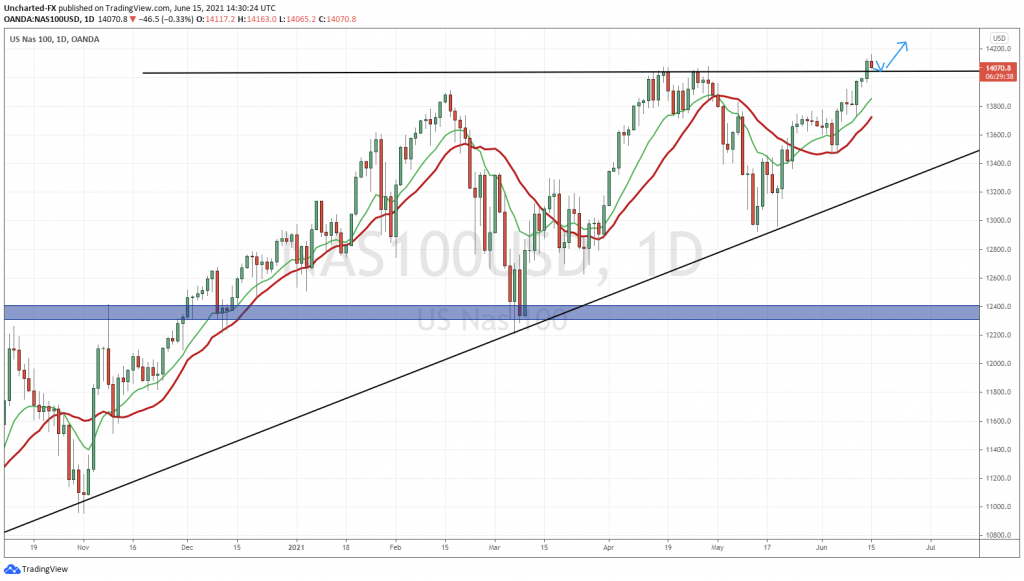My rogue business teacher
I took a lot of dumb classes in high school.
One of them was this business https://e4njohordzs.exactdn.com/wp-content/uploads/2021/10/tnw8sVO3j-2.pngistration course that used a textbook from a previous civilization talking about floppy disks and Windows 95. It was 2007. Luckily the teacher went off script and randomly spent 3 months teaching us about the stock market, I guess even he knew the 12-year-old textbooks were useless. He got us playing a stock market simulation game and I got addicted to it, I beat the whole class by a ton of points and kept on it after school. I got home every day and watched Jim Cramer have panic attacks on CNBC in his show Mad Money. I liked his psychotic rants, the fast-moving numbers, and of course the sound FX. I was just a dumb kid, but at least I had an after school hobby.
BOOYA.

So at age 15 I convinced a family member that I knew what I was doing and we set up an account and I started trading, using the stocks that had been winners in the simulation game. And they kept winning. I had Apple (AAPL.Q), First Solar (FSLR.Q), Tetra Teck (TTEK.Q), and Texas Instruments (TXN.Q), but Apple and First Solar were the big winners.
I didn’t own a cellphone so I had to use my teacher’s computer when they went to the bathroom, or sneak off to the library. I remember being in German class in grade 10 and checking the teacher’s computer and I had made $925 CAD in a single day, as a 15-year old that seems like a million. I started to tune out from a lot of my classes and kept learning more about stocks. I was just using basic tools like Marketwatch and Yahoo Finance, but I tried to get as much from them as possible.
Then in August 2008 I had more than doubled the money in the account, and it hit me that in reality, I didn’t really know what I was doing. So I decided to sell, and the profit helped pay for my university so it was a win. The market crashed a month later, and while at the time I was relieved that I sold in retrospect if I had heald those Apple shares, damn. I stayed interested in the stock market but didn’t really get obsessed with it again until 2017.
The cannabis sector
The cannabis sector grabbed my attention dove in headfirst. I even started my own blog and wrote about companies and my own process of learning how to evaluate these things. I was reading Ben Graham’s 1949 classic ‘The Intelligent Investor’, and also binging Preston Pysh’s YouTube channel, who in my opinion makes the best investor education content on the web. He explains everything there is to know about the stock market like you’re 5 years old, using basic lemonade stand analogies. It really drills the foundations. After I learned that I started to learn more about options and warrants as I had gotten them for doing a few deals with my cannabis investor blog.
I started off just picking stocks that I thought would do well because I bought their products. I see this a lot where people will start investing in companies they buy from as a starting point. The decision to do that makes sense, but there’s a lot more to investing which I outlined in a piece earlier this week about how to look under the hood of a company.
I’ve only really lost on 2 trades and they were both weed stocks, one was a rare panic sell and the other was a stupid FOMO move on an IPO but other than that I’ve taken a big L.
https://equity.guru/2021/07/how-to-research-stocks-if-youre-not-an-analyst-but-still-want-to-go-deep/
Better analysis
It’s really important to take full advantage of free tools like SEDAR, SEDI, EDGAR, NASDAQ’s filings, and even Morningstar to be able to analyze beyond the pitch decks and marketing materials. Also, familiarize yourself with the rules in The Intelligent Investor that so many still use to this day for effective value investing.
Noted, in the cannabis and psychedelics market it’s tough to give a lot of weight to P/E ratios and P/BV ratios, but still knowing what a P/E ratio can still be useful when comparing two stocks. For example, if two companies are extremely similar but I get way more equity with one over the other that could swing my decision.
In the book, they talk about ‘Mr. Market’, an archetype of investor who reacts to the market. This is typically the masses. Instead of creating their own plan and ‘price targets’ they give in to what’s hot at the moment. That’s already a losing approach because you have no control over what the market does, this is one of the reasons why most people lose with stocks, it comes down to a lack of education. And very few people are taught this outside of school.
I got lucky with a rogue teacher who knew the curriculum material was trash. But I know that’s pretty rare and people typically have to find this stuff out on their own.







